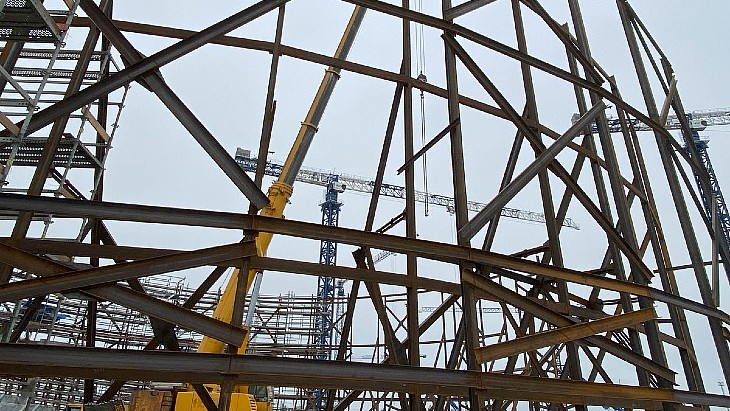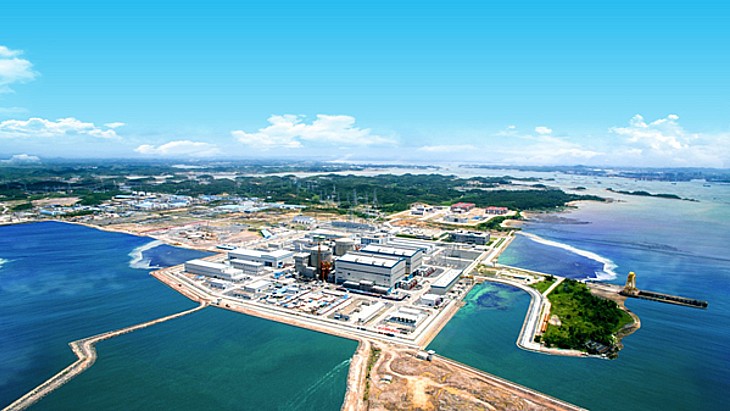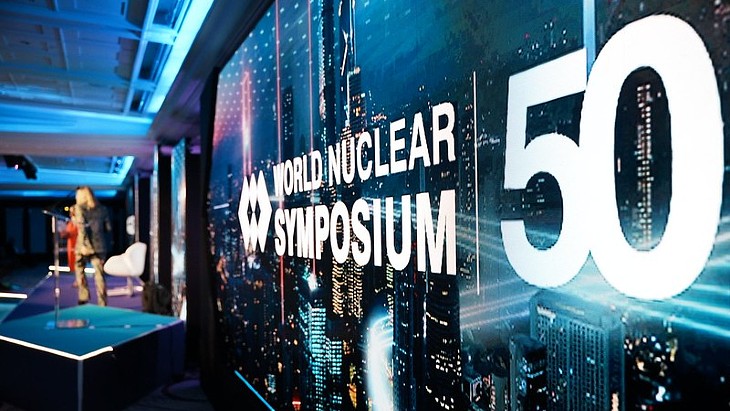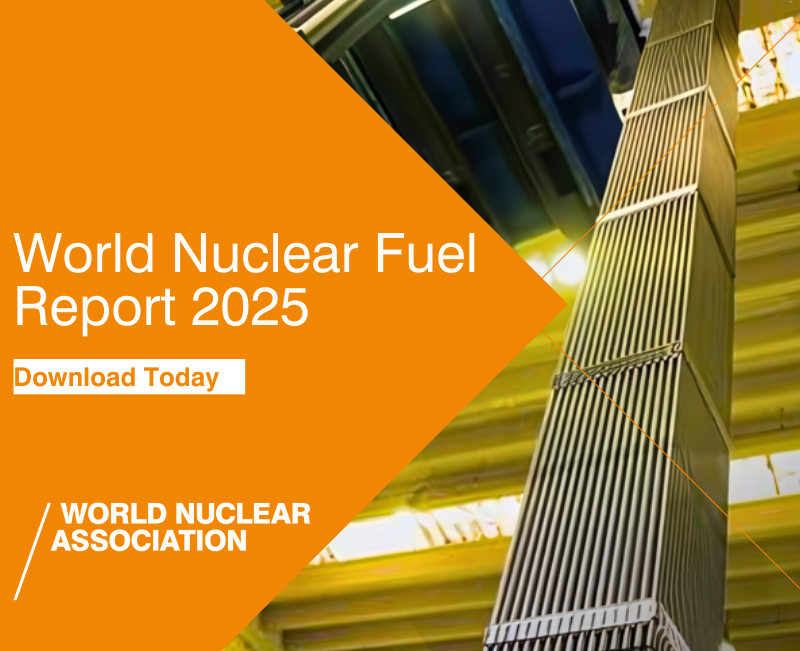For the large-scale assembly of the internal protective shell the workers will use a special 12-metre-high and 44-metre-diameter stand to assemble and weld all the cylindrical parts of the containment.
Rosatom said that assembly on a slipway "eliminates the need for assembly and welding operations at height. This means that the work will be carried out without unnecessary labour costs, with high quality, high productivity and, importantly, safety for personnel".
The specialists working on site include those with experience from the first two new units at Leningrad and from similar work at the Akkuyu nuclear power plant which is being constructed in Turkey.
Vladimir Pereguda, Director of the Leningrad nuclear power plant, said: "We have almost two and a half years of hard work ahead of us. During this time, we need to build a powerful prestressed reinforced concrete structure lined with steel that will reliably shelter the reactor installation inside and maintain the tightness of the reactor building's interior in any operating mode of the unit. At the same time, we will supplement the internal protective shell with an external one. It will protect the reactor and other important equipment from external influences - natural and man-made. Thanks to the double protective shell and a number of other active and passive safety systems, the new power generation facility will be absolutely safe for humans and nature."
Background
The Leningrad nuclear power plant is one of the largest in Russia, with an installed capacity of 4400 MWe, and provides more than 55% of the electricity demand of St Petersburg and the Leningrad region, or 30% of all the electricity in northwest Russia.
Leningrad 1 shut down in 2018 after 45 years of operation. Leningrad 2, also a 1000 MWe RBMK unit, started up in 1975 and was permanently shut down in November 2020. As the first two of the plant's four RBMK-1000 units shut down, new VVER-1200 units started at the neighbouring Leningrad II plant. The 60-year service life of these fifth and sixth units (also known as Leningrad II-1 and Leningrad II-2) secures power supply until the 2080s. Units 7 and 8 will replace units 3 and 4 as they are shut in the coming years.
The pouring of the first concrete for unit 7 in March 2024 marked the start of the main phase of construction of the new power unit, which is expected to generate power for 60 years, with the possibility of a 20-year extension.






_84504.jpg)
_58447.jpg)





